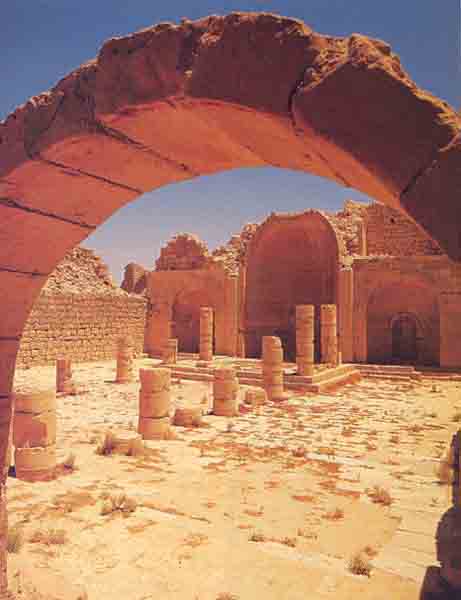Image Details

Werner Braun
Working with his mentor Leonard Woolley (who later excavated Ur), T. E. Lawrence helped draw plans of the Nabatean city Shivta that are still used. Prominent traders, merchants and caravan guides, the Nabateans controlled much of the land between the Dead Sea and the Red Sea in the first century C.E. Located in the central Negev desert, Shivta was probably founded during the reign of the Nabatean king Aretas IV (9 B.C.E.–40 C.E.), whose daughter married Herod Antipas, son of Herod the Great. The city prospered as the Nabateans began to breed horses and to farm the desert. The church pictured here dates to the Byzantine period (fourth to sixth century C.E.), during which Shivta continued to flourish as an agricultural and, perhaps, a monastic center. Built on a standard basilica plan, the church has two side aisles separated from the central nave by columns, and a tripartite apse at its eastern end.
